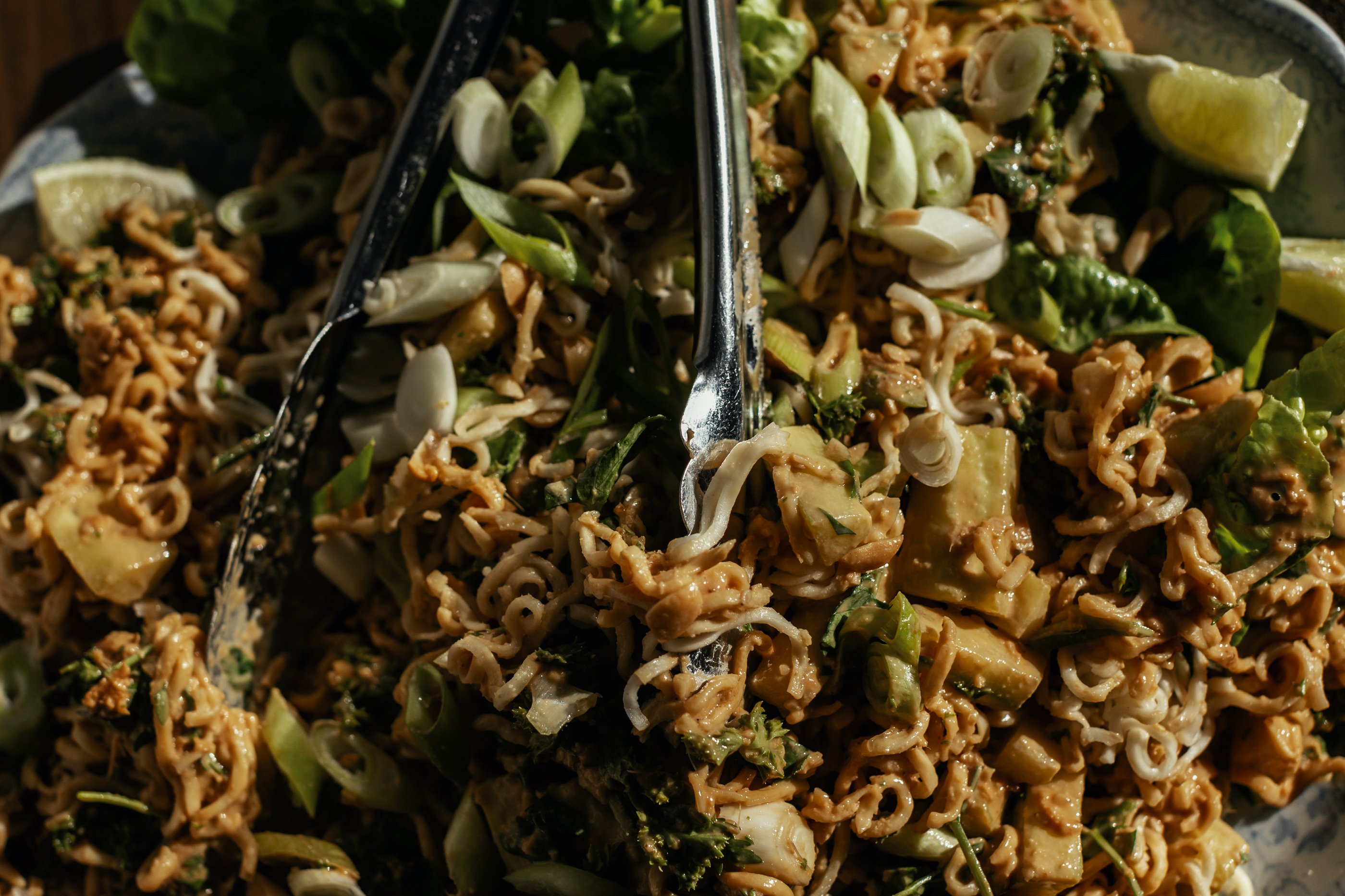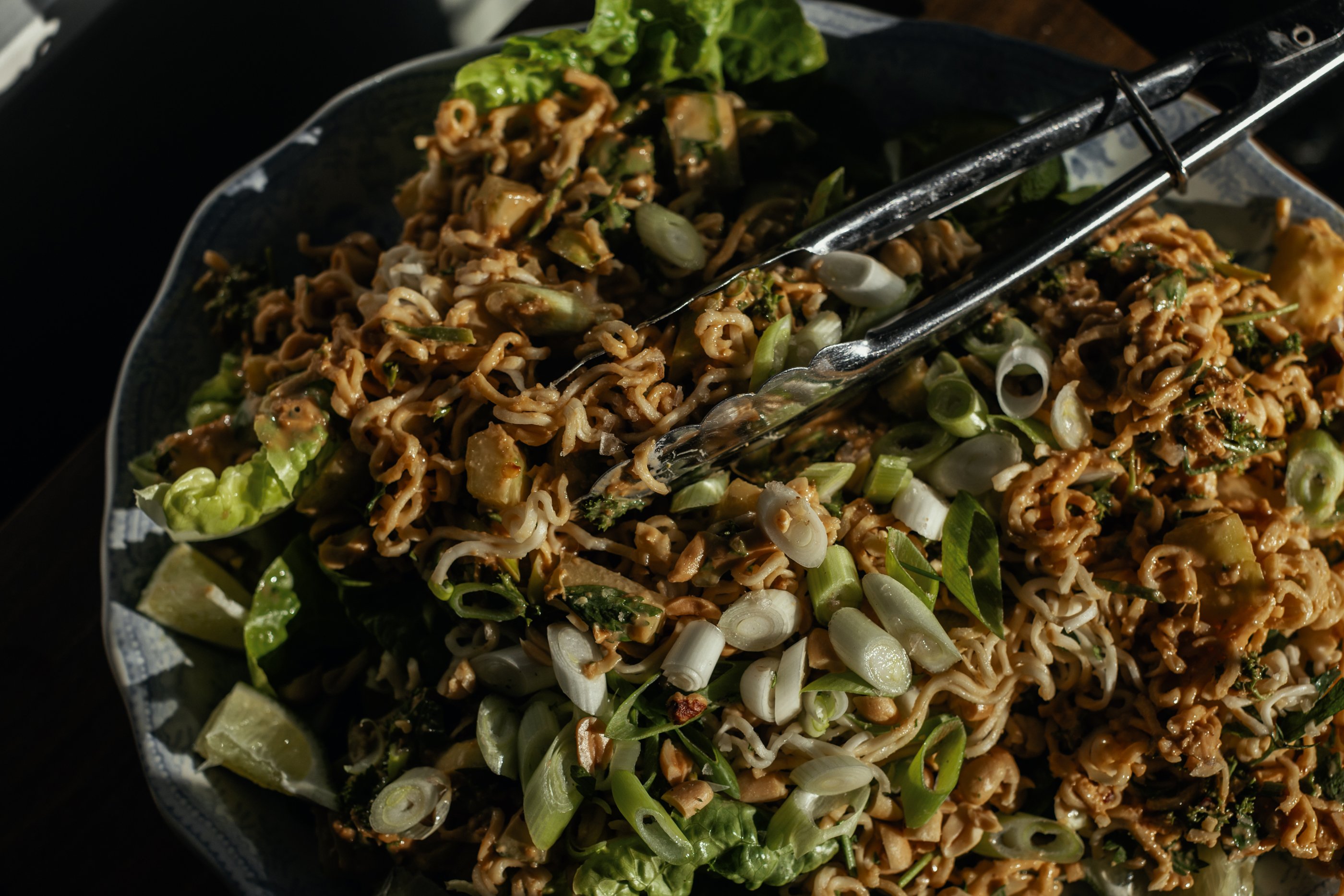Eat your water
Dr. Howard Murad is a dermatologist, pharmacist, clinical professor, and founder of Murad Skincare Inc. For many years, he has been using the phrase “Eat Your Water” to guide his clients to a state of higher health through this method of sufficient hydration. This approach goes beyond the eight glasses of water and promotes deep cellular hydration through the absorption of nutrients held within cell structures that give way to considering the nutrients within the foods we eat. Eat Your Water, Explained over on Murad:
“A cucumber is a great example of this. Because cucumbers are 96% water, eating a three-ounce cucumber is almost the same as drinking three ounces of water, but better. Besides being full of hydrating water, raw fruits, vegetables and other key water-rich foods contain nutrients, vitamins, minerals and fibre that can improve your health, develop your immune system, strengthen your muscles and boost your athletic performance.”
While staying hydrated throughout the day with a bare minimum of 2 litres every single day, simultaneously eating your water will ensure proper cellular hydration that can separate a dull complexion from a radiant one and ensure an optimal detoxification system. Read on for the most water-rich plants on Earth.
10 ways to eat your water this summer
A web of nutrients remains within the cellar structure, and as the water moves through the digestion process, these nutrients are absorbed by your cells and organs, so you are flooding your body with antioxidants. This has an important impact on the skin barrier, gastrointestinal tract, and immune system. Here, I have listed ten foods for glowing skin and healthy digestion that you will find in your refrigerator that bring a new meaning to “soak up the summer."
Cucumber — 96% water Regulating hydration and digestion, cucumbers contain soluble fibre plus Vitamin K, which will help with your bone density, promoting healthy bone mass and reducing the risk of osteoporosis.
Iceberg lettuce — 96% water Abundant in fibre, iron, folate, and Vitamin C, in vitro and in vivo studies have shown anti-inflammatory, cholesterol-lowering, and anti-diabetic qualities attributed to various bioactive compounds.
Celery — 96% water You'll reap the benefits from minerals like potassium and calcium while supporting heart health with folate and Vitamin K, both of which are required for the formation of red blood cells and effective blood clotting.
Zucchini — 95% water Loaded with Vitamin A, C, folate, and fibre; the trick is to eat these raw to avoid destroying the Vitamin C with heat. Vitamin A is a vital nutrient supporting your vision and adaptive immunity.
Radish — 95% water With a super high Vitamin C content, which helps to rebuild tissues and blood vessels, nitrates help with healthy blood flow. Radishes are abundant in sulforaphane, which supports detoxification systems. You’ll also find folate, fibre, potassium, riboflavin, copper, vitamin B6, magnesium, manganese, and calcium.
Red tomato — 94% water Notable as a potent source of lycopene, an antioxidant that protects the skin and heart, you’ll also benefit from an abundance of phytochemicals and nutrients like potassium, iron, folate, and Vitamin C.
Green tomato — 93% water Beneficial for vast quantities of potassium that counteract the effects of sodium, helping lower blood pressure, green tomatoes are known to aid in preventing oxidation of LDL cholesterol (the bad kind). You’ll also take in beta-carotene, the precursor of vitamin A that will promote healthy vision.
Green cabbage — 93% water Rich in Vitamin C, K and fibre, cabbage will help keep you regular, and it could help lower your LDL cholesterol (the kind linked to heart disease) associated with red meat.
Asparagus — 93% water Here, you will find folate, which helps prevent the development of neural tube defects in the fetus, in addition to a vital role in heart health and preventing cell changes that may lead to cancer.
Peppers — 92% water Another source of Vitamin A promotes healthy teeth, skeletal and soft tissue, and skin and improves the immune system and cholesterol levels. Fibre and antioxidants may help lower the risk of cardiovascular disease and protect against inflammatory conditions, such as arthritis.








